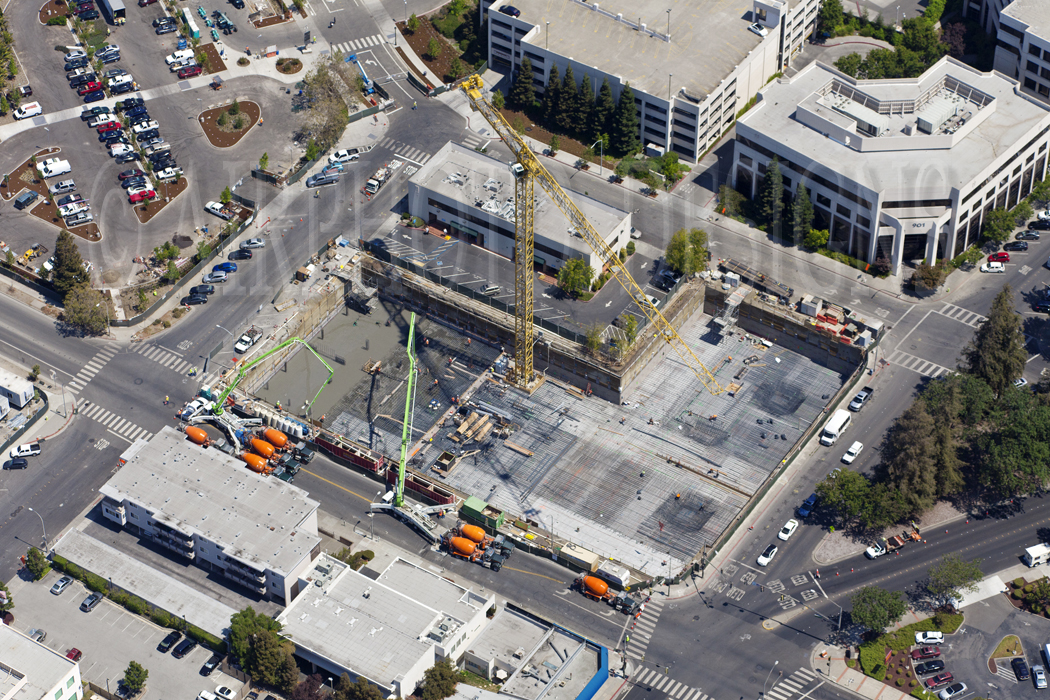
Essential keys to working with green concrete
Posted by Willie Diaz on Apr 11, 2016
There’s no getting around green concrete.
More and more construction projects require it and research proves green concrete is a more sustainable building material than traditional concrete.
We all know concrete is one of the most durable building products out there. When specified, mixed and placed properly, it can be nearly indestructible — just ask the Romans.
However, cement, the glue that holds the combination of rock, sand and gravel together, is one of the world’s primary producers of carbon dioxide, a major greenhouse gas.
How can we reduce the environmental impact of concrete and make a greener material?
At Graniterock, we use the basic tenets of green building —reduce, recycle and reuse – to produce environmentally friendly concrete with less cement.
In concrete, the reduction of cement can be best achieved through industrial ecology, which means taking the waste of one industry and using it in another industry.
Green concrete involves recycled content, most commonly supplemental cementitious materials. The most used supplemental materials are fly ash from coal-fired power plants and granulated blast furnace slag harvested from the steel industry.
There are many advantages to green concrete, namely a concrete product that is ultimately stronger than standard virgin cement mixes.
Green concrete reduces the heat of hydration, risk of alkali-silica reaction, shrinkage during curing, water required for mix designs and greenhouse gas impacts.
It also increases resistance to sulfate or chloride attacks and improves workability.
In addition, green concrete helps qualify projects for many green building programs, namely the U.S. Green Building Council’s LEED points.
But green concrete is not your father’s concrete. It behaves differently and needs to be handled accordingly.
There are some lessons we’ve learned from extensive use of green concrete:
1. Early age strength is lower than regular concrete
2. Reduced shrinkage
3. Better strength than regular concrete
4.Time. Green concrete takes longer to cure, and that extra time has to be factored in when specifying and placing this product.
There are two major factors to consider when turning gray concrete green.
1.Check your aggregate source. Locally sourced aggregates reduce transportation impacts. Imported aggregate requires up to five times as much fuel compared to the high quality local aggregate. Also extensive use of rail versus truck or ship can reduce the transportation carbon footprint of your concrete.
2.Know your supplier. An experienced supplier with thousands of data points from applications of supplemental mixes and placement will help guide you through specifications, scheduling and applications. Find a supplier that understands green building programs, understands environmental product declarations and corporate sustainability reports. These can all help garner LEED or other green building points for your next green project.
Back to all Blogs
